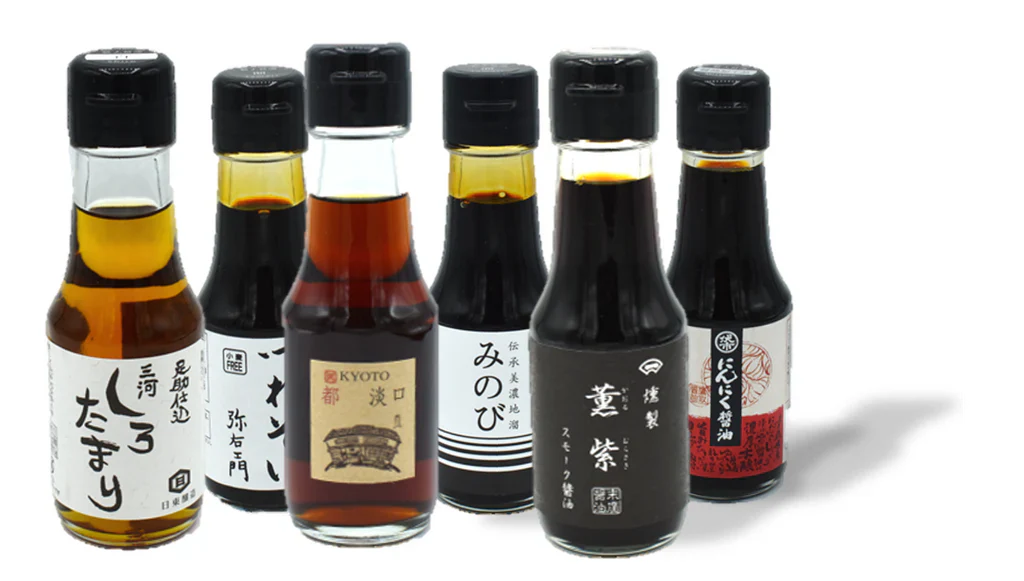What is ramen?
Ramen is a Japanese noodle soup consisting of ramen noodles, a broth, and additional ingredients such as meat and vegetables. Japanese ramen comes in a wide variety of variations; there is no single best ramen recipe. Many regions have their own traditional recipes. And ramen offers plenty of room for the cook's individual ideas. Therefore, a ramen soup can taste very different, from light and elegant to strong and rustic like ramen miso. Usually, ramen is eaten warm, but there is also a cold ramen preparation. For this, for example, a yuzu noodle sauce is recommended.
What is in ramen?
The building blocks of the recipes are various basic broths, seasonings for the broth, ramen noodles in different shapes, additional ingredients such as meat / seafood / vegetables / eggs, and spices that can be combined in different ways. Elements from other national cuisines, such as kimchi or tohbanjan, can also be wonderfully integrated. Conversely, there are also modern ramen recipes in Japan that are inspired, for example, by Italian cuisine, such as ramen carbonara style with less broth on the plate.
What are ramen noodles?
The ramen noodles are thin, long thread noodles made from wheat flour, water, and salt. Since ramen noodles are cooked in a broth, it is important that they maintain a certain firmness. This is achieved during the production of the noodles by adding kansui, a type of alkaline water.
Ramen noodles come in different shapes, wide or narrow, thick or thin, smooth or wavy.
What is the ramen broth made of?
The preparation of the ramen broth is comparable to the European method of making stocks: bones from pork or beef, shells from seafood, dried seafood such as niboshi (dried sardines), or vegetables are boiled for this purpose.
A broth made from pork bones and pork meat is well known under the name Tonkotsu.
Unlike in Europe, the basic broth is then seasoned with
- Miso,
- Shoyu (Soy Sauce) or
- Shio (Salz).
Salt is typically used to season lighter ramen soups. Ramen miso is used for more rustic ramen soups, with the exact flavor depending on the chosen ramen miso, whether it is a white miso (Shiro Miso), a red strong miso (Aka Miso), or even a black Hatcho Miso. Soy sauce, depending on the amount used, has a flavor profile in the middle. Of course, the seasonings can also be mixed. For miso ramen, Tobanjan can also be used, a spicy paste made from fermented beans.
However, this not only leads to more flavor but also to a change in the consistency of the ramen soup. Japanese cuisine distinguishes here between
- thin, clear ramen broths, called "assari"
- and rather thick, cloudy ramen soups, called "kotteri."
Other ingredients
For a hearty ramen soup, cooked pork, called Chashu, is often used as the meat. This can be pork loin, pork belly, or even ham. The pork is first marinated, typically in soy sauce and mirin, characteristic of Japanese cuisine. Eggs are also a popular ingredient. The eggs are either cooked or marinated before being added.
Vegetables very often used are Negi spring onions, but also bamboo shoots, Japanese mushrooms, cabbage, carrots, corn, pickled ginger, garlic. Seaweed such as Wakame and Nori can also be an ingredient in ramen soup.
Which spices go well with ramen?
In Japanese ramen recipes, you can find spices such as
- Shichimi Togarashi
- Yuzu Kosho
- Sansho Pfeffer
- Japanese curry.
Oils such as sesame oil can round off the flavor in small amounts. A dollop of butter can also be added to hearty soups.
What toppings are there for ramen soup?
Typical Japanese toppings are roasted nori chips or bonito flakes (katsuobushi). Also, roasted sesame makes a delicious topping.
Is ramen soup healthy?
Ramen dishes can be very healthy, as they can contain a lot of healthy vegetable ingredients.
Where do ramen noodles come from?
The origin of ramen, like many products, lies in Chinese cuisine. Ramen was probably brought to Japan in the 19th century. Over time, ramen soups became increasingly popular in Japan because they were filling, warming, and affordable—essentially one of the first fast food dishes in the world. From this, one of the most well-known Japanese dishes worldwide has developed to this day.
The first known Japanese ramen restaurant in Yokohama offered ramen with broth, noodles, pork, bamboo shoots, and a half hard-boiled egg in 1910. Today's restaurants specializing in the sale of ramen compete to distinguish themselves with their own ramen recipes and offer a variety of different ramen dishes.



